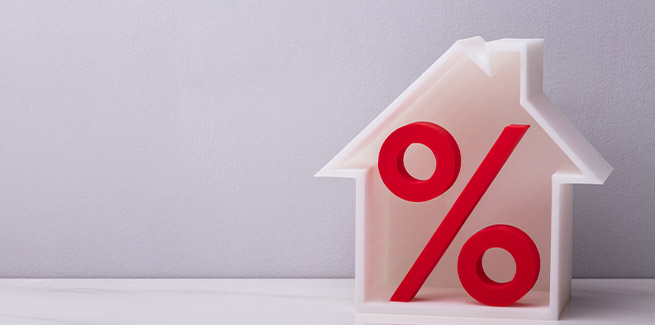Ahead of the release of the Consumer Price Index (CPI) figures for the March quarter, economists have begun revisiting their cash rate forecasts based on what they expect to see in the data.
Bill Evans, the chief economist at Westpac, has revised his forecast for the cash rate once again, suggesting that the Reserve Bank of Australia may raise interest rates by 40 bps in June of this year, after identifying that inflation may be rising much faster than anticipated.
According to Mr Evans, underlying inflation in the quarter will rise from 0.9 per cent to 1.2 per cent, bringing annual underlying inflation for the March quarter at 3.4 per cent. Meanwhile, Westpac expects the unemployment rate to drop from 4 per cent to 3.8 per cent in April, which would contribute to the RBA raising rates more quickly than originally anticipated.
Mr Evans said: “At the [3 May] meeting we expect the board will adopt a clear tightening bias in anticipation of a move in June. That should be sufficient to encourage the market to maintain its expectation that, despite steady policy in May, the cash rate will reach 40-50 basis points at the June meeting.
“Our research shows that the RBA is influenced by market pricing near the time of a board meeting. If the market persists with a 40 basis point expectation it is unlikely that the board would persist with a 15 basis points move.”
While all the majors now anticipating the first rate hike to come in June, the size of the increase differs.
According to the Commonwealth Bank of Australia’s head of Australian economics, Gareth Aird, the major bank’s base case is for the central bank to raise the cash rate by 15 bps that would take the cash rate to 0.25 per cent.
Following this, CBA expects the RBA to raise the official cash rate by 25 bps in July.
Mr Aird expects the headline CPI rate to have increased by 1.4 per cent in the March quarter (or 1.2 per cent when looking at the trimmed median), bringing annual inflation to 4.3 per cent (or 3.4 per cent, trimmed).
Its central scenario sees the cash rate at 1.0 per cent by the end of 2022, rising to 1.25 per cent (which it deems to be “neutral”) by “early 2023” and then holding firm at that rate over 2023.
“At this stage we do not anticipate that the RBA will need to take monetary policy to a contractionary setting, though the very strong inflationary backdrop and incredibly tight labour market means the risks are skewed towards some further modest tightening in 2023,” Mr Aird said.
“The RBA has the capacity to put the brakes on the economy very quickly given the sensitivity of the Australian household sector to rate hikes and the direct transmission mechanism between the cash rate and the standard variable mortgage rate.
“The objective will be to normalise policy while keeping economic outcomes strong. We believe that successfully achieving both outcomes simultaneously will require a shallow tightening cycle.”
ANZ economist David Plank has said he also expects the RBA to tighten by 15 bps in June (previously September), followed by 25 bps rate hikes in July and August. And another 25 bps hike in November, taking the cash rate target to 1 per cent by the end of 2022 (previously 0.75 per cent).
While NAB has not released its rate hike schedule in month-by-month detail, it has said that it expects the cash rate to be raised “moderately” in June, moving towards a rate of 1 per cent.
[Related: Major banks revise cash rate forecasts]
 ;
;